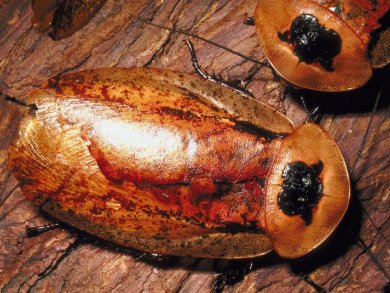Insect growth regulators that distort the molting process in juvenile fleas, cockroaches and others species, are not intrinsically toxic. However, because they prevent the further development of the young insects, they can be used to eradicate a local population quickly. As such, this type of compound can be used safely in the indoor environment and so avoid potential hazards. They also have the added benefit of potentially being more marketable than conventional toxic pesticides.
Weisheng Tian and colleagues, Shanghai Institute of Organic Chemistry, China, have developed a synthesis that takes just seven steps to make one such regulator, (S)-(+)-hydroprene, currently used to treat cockroach infestations. The team not only achieved 50 % yield, but were able to make the C2–C3 olefin with a high level of stereocontrol. The work could allow more stable analogs of hydroprene to be more readily synthesized.
- Stereoselective synthesis of the insect growth regulator (S)-(+)-hydroprene through Suzuki–Miyaura cross-coupling,
S. Zhang, H. Dong, J. Gui, W. Tian,
Tetrahedron Lett. 2012, 53, 1882–1884.
DOI: 10.1016/j.tetlet.2012.02.019




